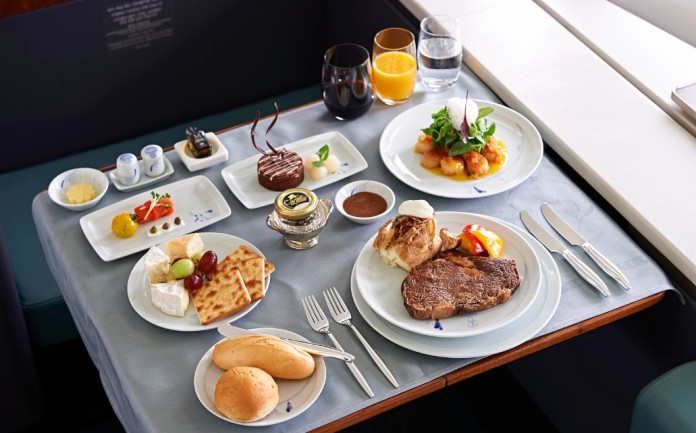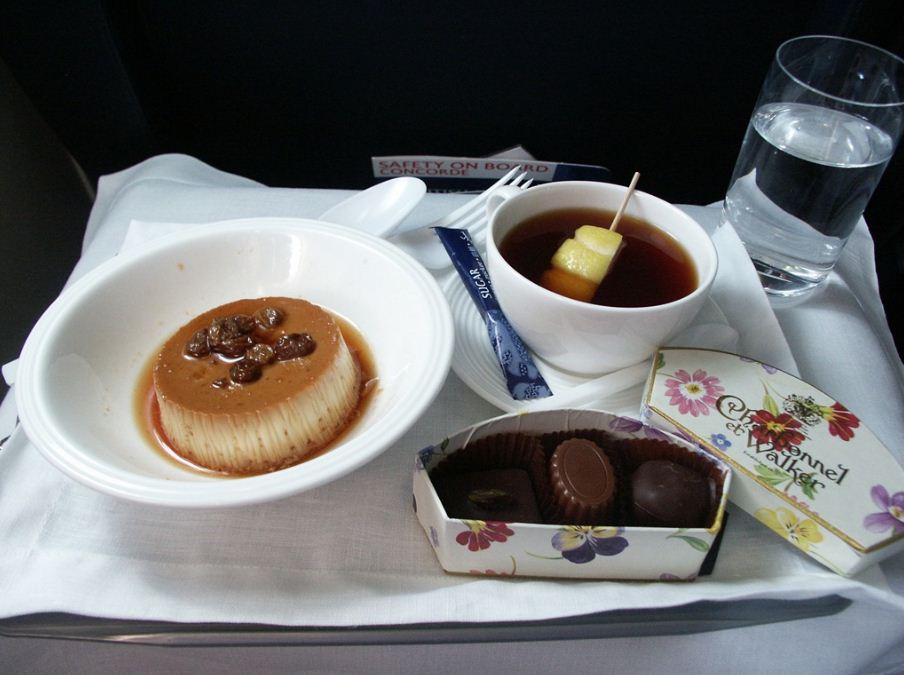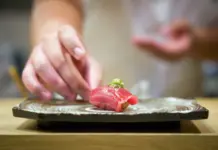You’re not crazy: tomato juice does taste different when you’re cruising 40,000 feet in the air. And it’s not just tomato juice—food in general is going to be a little different when you eat on an airplane and there’s science to back it up. Before we dig into the facts, let’s get one thing straight. Those mass-produced in-flight meal recipes are partly to blame—all of that freeze-drying and vacuum sealing has to mess with taste a little bit. But airline chefs have made leaps and bounds in how they combat tricky airplane cabin climates to keep passengers full and happy about their meal choices.
- Best street food places in Tokyo: 8 Night Markets & best food streets in Tokyo You Can’t Miss
- Jeju airport to city transfer: How to get from Jeju airport to Seogwipo & island center
- 10 best & unique dining experiences South Australia from Sydney to Melbourne for Foodies
- How to get from Busan airport to city center (Gimhae to the downtown): Means of transport, Prices, tips & MORE
- The ULTIMATE Incheon airport guide: Transit, Top things to do, Tips & MORE
An airplane cabin is actually drier than some deserts—humidity can measure in at less than 12 percent, in some cases. In an environment like this, your taste and smell start to drift. Scent actually starts to deteriorate the minute you step on to a plane, but nosedives once your airplane climbs. Sweet and salty foods are the ones that suffer the most. According to a study from the Fraunhofer Institute for Building Physics, the atmosphere in an airline cabin reduces your ability to detect these tastes by about 30 percent—think of it as your taste buds going numb. The good news: All of those other delicious flavors (spicy, bitter, sour) are still going to make an appearance mid-flight. So what to do when you’re looking to make up for lost taste? Add more salt, of course—and that’s exactly what the airlines do.
Your body tastes wine—and other alcohol—differently as your body dries out, as well. Liquids tend to expand and contract as the environment changes. On an airplane, wines can thin out and taste more acidic than they would on the ground at your favorite restaurants (even if it’s the same wine!). One way around this: if you’re going to have a glass of wine on your flight, do it early when you’re less dehydrated.
Low pressure and humidity may not be the only things to blame: BBC also shared that people eating while enduring an increase in noise reported food to be less salty and sweet than they do when eating in a more quiet setting. That being said, umami—the magical fifth taste that adds another dimension to “savory”—is said to be intensified in noisy areas. In fact, many airline chefs use this to their advantage by integrating umami foods (think seaweed added to crusts) into what would otherwise come out bland and unsatisfying. Another thing to keep in mind when ordering: some flavors—like cardamom, curry, and lemon grass—taste more intense at cruising heights. File this under: “Now You Know.”
Erika Owen is the Audience Engagement Editor at Travel + Leisure. Follow her on Twitter and Instagram at @erikaraeowen.































![10 best airports in Asia in 2016 [RANKED] kuala-lumpur-international-airport-best airports in asia in 2016 by skytrax ratings](https://livingnomads.com/wp-content/uploads/2016/08/29/kuala-lumpur-international-airport-best-airports-in-asia-in-2016-by-skytrax-ratings-218x150.jpg)






















